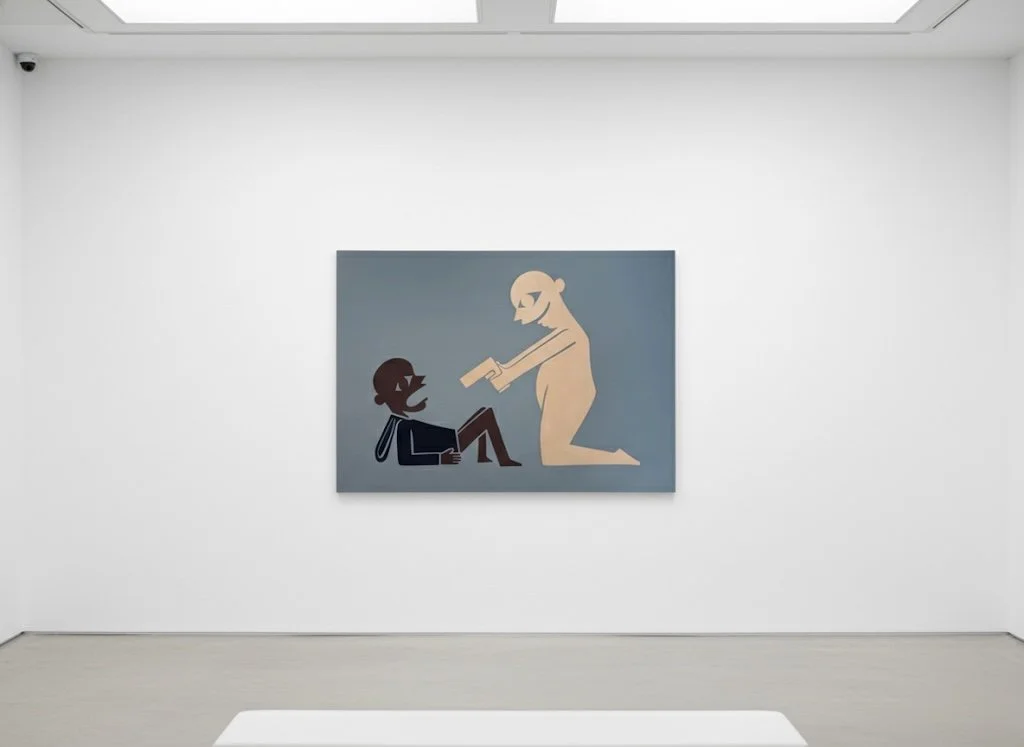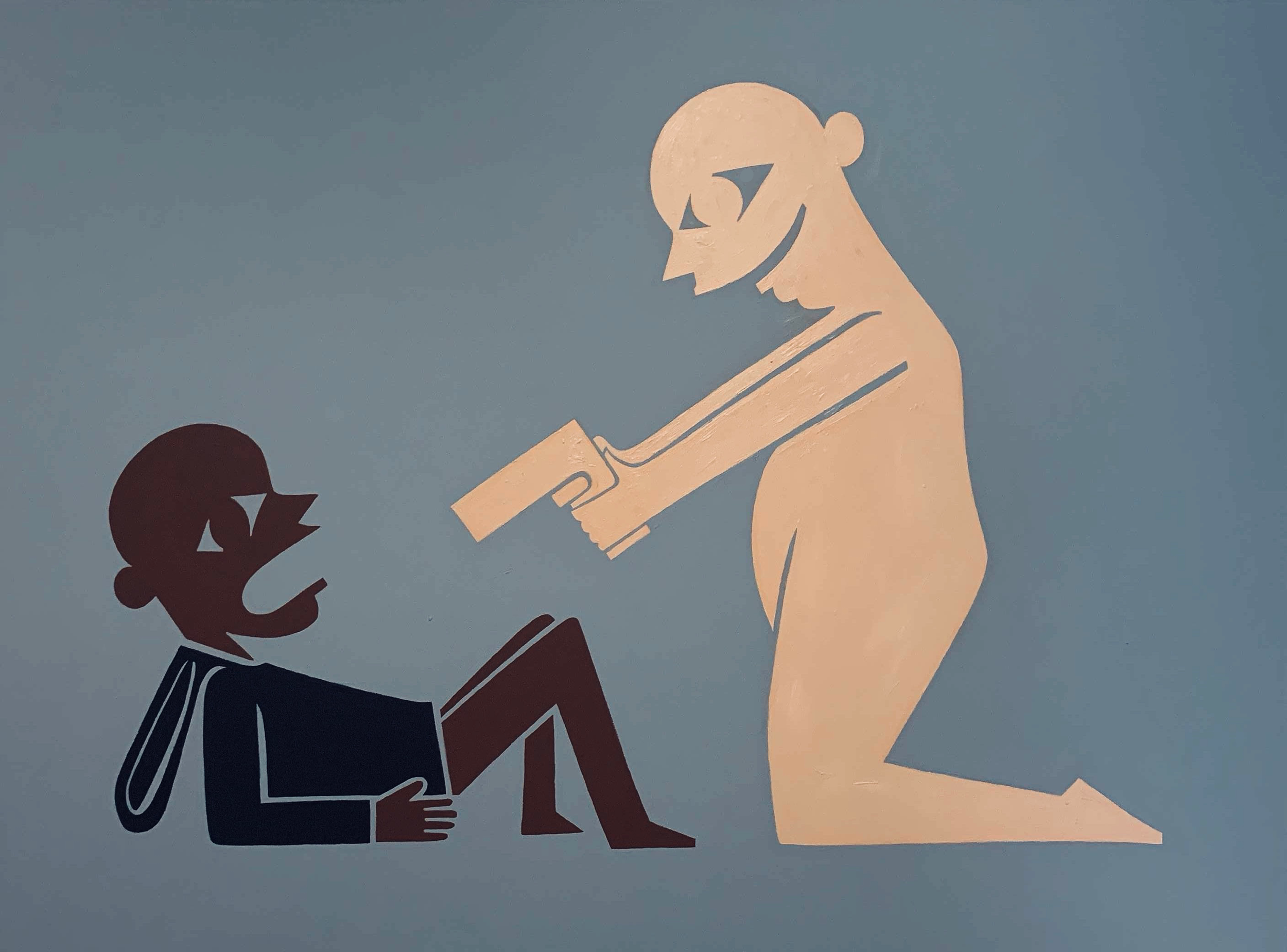Painting Trayvon: Art, Injustice, and the Privilege to Kill
The killing of Trayvon Martin was a wound. It wasn't just a single act of violence; it was the tearing open of a trauma that Black America lives with every day. On February 26, 2012, a 17 year-old boy, armed with nothing but Skittles and an iced tea, was hunted, confronted, and executed by a man who saw his Blackness as an inherent threat.
This event, and the subsequent acquittal of his killer, laid bare the brutal calculus of white privilege and the systemic failure of American society.
This is the "privilege" in action: the privilege to see a Black teen as a "suspect," the privilege to pursue him against the advice of law enforcement, the privilege to instigate a confrontation, and the privilege to kill him and claim self defense. This is the privilege of "Stand Your Ground" laws being a shield for the aggressor, but never a sanctuary for the Black victim.
Society fails Black people when the legal system validates this fear. It fails when the media posthumously puts the victim on trial, digging through school records and photos to find any justification for his own murder. The "not guilty" verdict was a message, loud and clear: a Black life is disposable, and a Black child's innocence is always up for debate.
As an artist, my work is my voice. It is how I process the rage, the grief, and the systemic rot I see around me. This painting is my testimony.
My style, which synthesizes ancient forms from Mayan, Egypt, India, and Ethiopian art, with a graphic design sensibility, allows me to strip an event down to its symbolic core. The figures are freehand painted, reduced to flat, powerful shapes. There are no stencils, no digital aids, just the unfiltered translation of an idea.
In the painting, the figures are presented in profile, an echo of ancient Egyptian hieroglyphs. This isn't just a stylistic choice; it transforms the event from a fleeting news story into a timeless, allegorical tablet of predator and prey.
The figure representing Trayvon is on the ground, his mouth open in a silent scream, the terror of a child facing his executioner.
The figure representing his killer, George Zimmerman, is not depicted as afraid. He is not "standing his ground" in fear. He is kneeling, in a position of complete dominance, leveling his weapon. And he is smiling.
That smile is the central critique of this piece. It is the chilling, gleeful face of malice. It is the smile of someone who knows the system is on his side. It represents the grotesque entitlement of white privilege, the ability to enact violence not just with impunity, but with a sense of righteous, even joyful, authority. The somber blue gray background offers no comfort or escape; it is the cold, indifferent backdrop of the society that allowed this to happen.
This is why this work is important. It refuses to let the world look away or accept the sanitized narrative of "self-defense." It forces the viewer to confront the brutal power dynamic, the systemic racism, and the dehumanization that led to a boy's death. This painting is a mirror, and it asks one question: This is America. What do you see?

